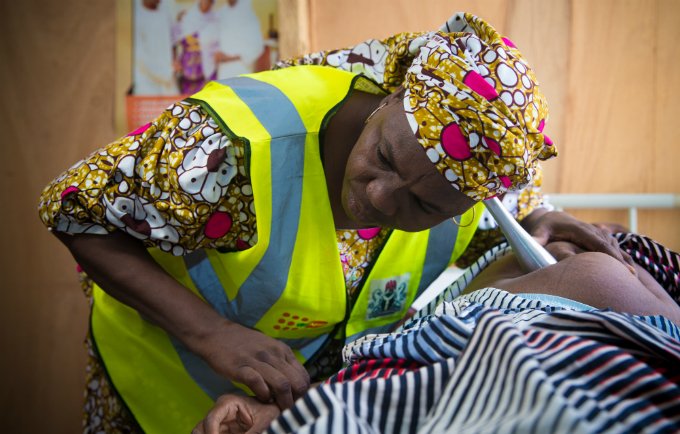
ABUJA, Nigeria – Nigeria’s fertility rate has fallen to 4.8 births per woman, signalling progress in family planning and maternal health, according to the 2024 Nigeria Demographic and Health Survey (NDHS).
Presenting the report in Abuja on Friday, the Minister of State for Health and Social Welfare, Dr Iziaq Salako, said, “Modern contraceptive use among currently married women increased modestly to 15 per cent in 2023 from 12 per cent in 2018, while satisfied demand for family planning rose to 37 per cent,” the minister said.
The report also highlights improvements in maternal and child health indicators. Antenatal coverage now stands at 63 per cent, skilled birth attendance at 46 per cent, while postnatal care within two days of delivery has risen from 38 per cent to 42 per cent over the same period.
Dr Salako disclosed that under-five mortality has dropped from 132 deaths per 1,000 live births in 2018 to 110 in 2024, though neonatal deaths remain stubbornly high, moving slightly from 39 to 41 per 1,000 live births.
“More efforts are required to reduce neonatal deaths, which account for about 40 to 45 per cent of under-five mortality,” he added.
The Executive Chairman of the National Population Commission (NPC), Nasir Kwarra, described the NDHS as a “cornerstone of Nigeria’s demographic data architecture” and reaffirmed its role in guiding national development planning.
“The 2024 edition continues this legacy, providing fresh insights at a time when the need for reliable evidence to guide policy has never been greater,” he said.
Representing the World Bank, Senior Health Specialist Dr Ritgak Tilly-Gyado said the data would strengthen analytical work and help refine policies in health, education, and nutrition.




